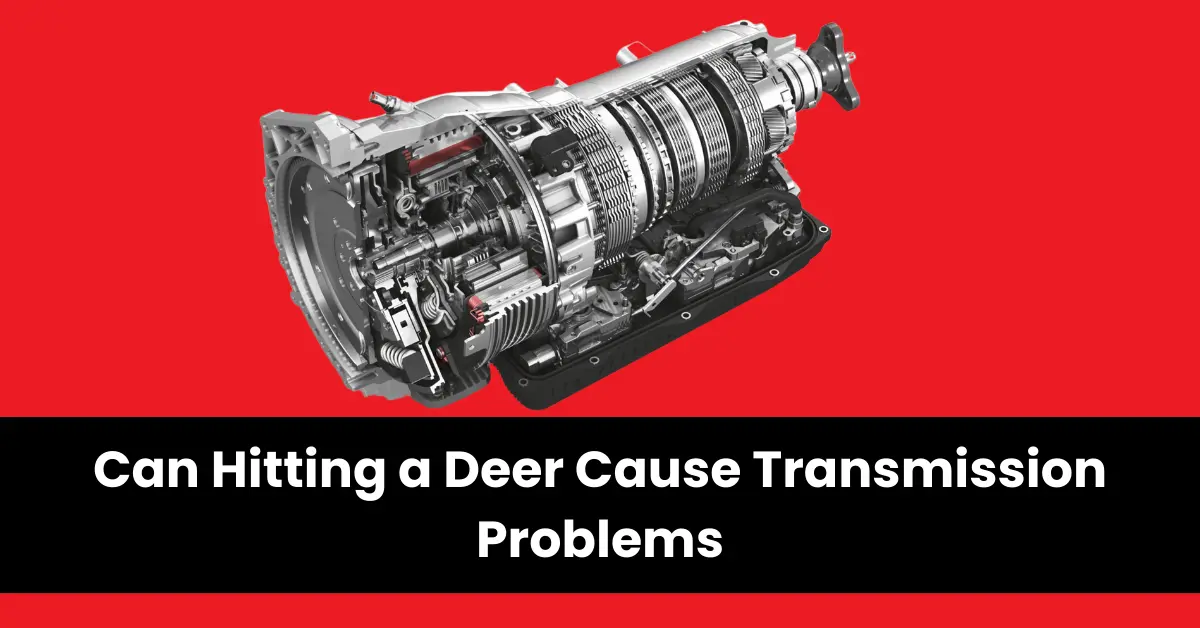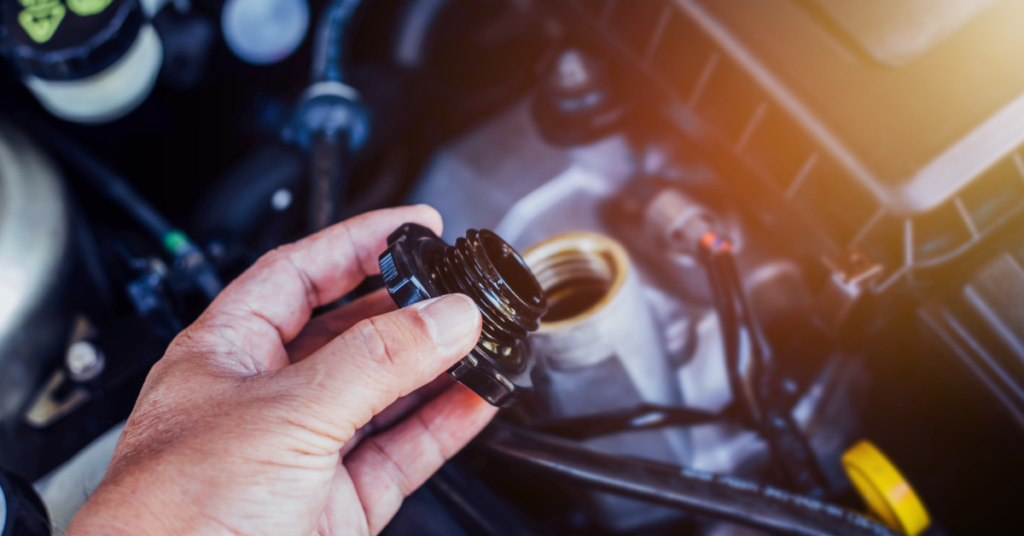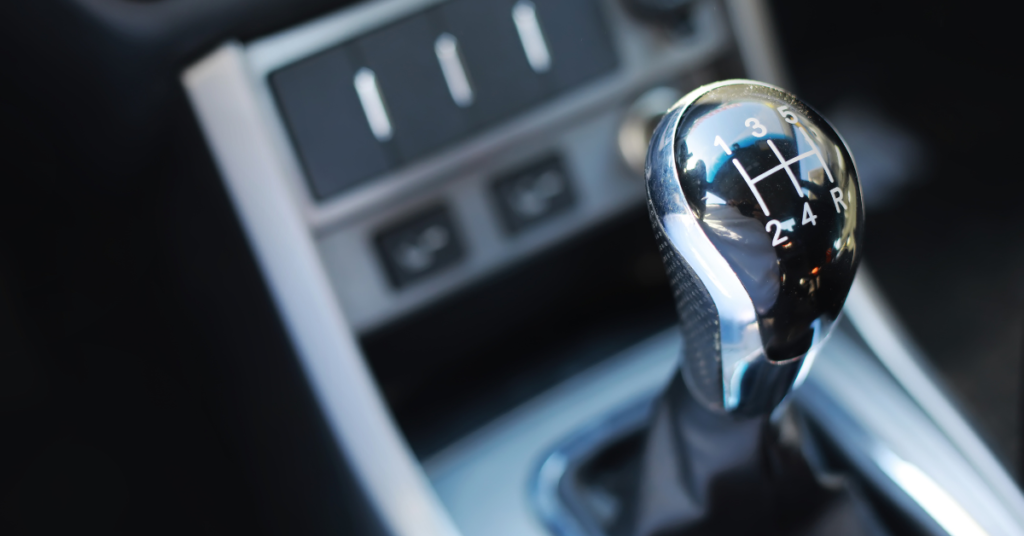
When driving on the roads, encountering wildlife can be a common occurrence. Among these wildlife encounters, hitting a deer can be a significant concern.
Aside from the obvious damage to your vehicle, you might wonder if hitting a deer can also cause transmission problems. In this article, we will explore the potential impact of deer collisions on your vehicle’s transmission system.
Contents
Understanding Transmission Systems
Before delving into the effects of hitting a deer on your transmission, it is essential to have a basic understanding of how transmission systems work.
In simple terms, a vehicle’s transmission is responsible for transferring power from the engine to the wheels. It ensures that the wheels receive the right amount of power to propel the vehicle forward.
Modern vehicles typically have two types of transmissions: manual and automatic. Manual transmissions involve a clutch that is operated manually by the driver.
On the other hand, automatic transmissions use a complex system of gears and hydraulic systems to handle gear shifting automatically.
Can Hitting a Deer Cause Transmission Problems
When a deer collision occurs, the focus is often on the visible damage to the vehicle’s exterior. However, such collisions can also have internal effects on various components, including the transmission system.
Here are some potential ways hitting a deer can cause transmission problems:
1. Fluid Leaks

One of the immediate concerns when colliding with a deer is the possibility of fluid leaks. Transmission fluid plays a crucial role in lubricating and cooling the transmission system.
The impact of the collision can result in damaged transmission lines, causing fluid to leak. Insufficient fluid levels can lead to overheating, increased friction, and ultimately, transmission failure.
Additionally, fluid leaks can also result in a loss of hydraulic pressure, affecting the transmission’s ability to shift gears smoothly.
This can lead to issues such as delayed or harsh gear engagement, slipping gears, or difficulty in shifting gears altogether.
To prevent fluid leaks and potential transmission problems after hitting a deer, it is important to regularly check the transmission fluid levels and inspect for any signs of leaks, such as reddish fluid pooling underneath the vehicle.
2. Misalignment or Damage to Transmission Components
Deer collisions can cause significant force that can potentially misalign or damage transmission components. The impact may affect the transmission mounts, gears, shafts, or even the torque converter.
Any misalignment or damage to these critical parts can disrupt the smooth operation of the transmission, leading to various issues.
Misalignment of transmission components can result in gear slippage, grinding noises during gear shifts, or difficulty in engaging certain gears.
Damage to the torque converter can also lead to problems such as reduced power output or inefficient torque conversion.
It is important to have a qualified mechanic inspect the transmission system after a deer collision to check for any signs of misalignment or damage. Timely repairs or replacements of affected components can help prevent further transmission problems down the line.
3. Electronic Malfunctions
Modern vehicles rely on sophisticated electronic systems to control and monitor transmission functions. When a collision occurs, the impact can disrupt the delicate electronic components responsible for transmission operation.
A damaged electrical system can result in erratic gear shifting, inability to engage certain gears or complete transmission failure.
Electronic malfunctions can manifest in various ways, such as the transmission slipping into neutral unexpectedly, the transmission not responding to gear changes, or the vehicle going into “limp mode” where it operates at reduced power.
If you experience any unusual behavior or warning lights related to the transmission after hitting a deer, it is crucial to have the electronic system thoroughly inspected by a professional.
They can diagnose any electronic malfunctions and perform the necessary repairs or replacements to restore proper transmission function.
4. Internal Damage
While the transmission system is built to withstand prolonged use and various driving conditions, hitting a deer with significant force can still cause internal damage.
The internal components of the transmission, such as clutch discs or bands, can become damaged or dislodged. Such damage can affect the transmission’s ability to engage gears properly, resulting in poor performance or complete transmission failure.
Internal damage may not be immediately apparent after a deer collision. However, over time, you may start experiencing issues such as slipping gears, delayed gear engagement, or difficulty in accelerating smoothly.
It is important to have a professional inspect the transmission system and perform any necessary repairs or replacements to prevent further damage.
Signs of Transmission Problems After Hitting a Deer
After colliding with a deer, it is essential to be aware of any potential signs of transmission problems. Here are some indicators that your transmission may have been affected:
Fluid Leaks
Keep an eye out for any reddish fluid pooling underneath your vehicle, as this could indicate a transmission fluid leak. Additionally, check the transmission fluid levels regularly to ensure they are within the recommended range.
Burning Smell
If you notice a burning smell coming from your vehicle, it could be a sign of overheating transmission fluid due to damage caused by the collision. Overheating can lead to fluid degradation and ultimately, transmission failure.
Difficulty Shifting Gears

Problems with gear shifting, such as delays, slipping, or grinding noises, may suggest internal damage to the transmission. If you experience any difficulties or unusual noises while shifting gears, it is important to have the transmission system inspected.
Warning Lights
Check for any illuminated warning lights on your dashboard, particularly the Check Engine or Transmission lights, which can indicate underlying issues. If any warning lights are present, it is crucial to have the vehicle diagnosed by a professional to determine the cause and address any potential transmission problems.
What to Do if You Suspect Transmission Problems
If you suspect that hitting a deer has caused transmission problems in your vehicle, it is crucial to take immediate action. Ignoring the issue can lead to further damage and potentially more expensive repairs. Here are the steps to follow:
Safety First
Ensure your safety and the safety of others by pulling over to a safe location away from traffic. Turn on your hazard lights to alert other drivers.
Assess the Damage
Inspect your vehicle for any visible signs of damage, including leaks, broken parts, or fluid spills. Take note of any specific symptoms or issues you have noticed with the transmission.
Contact a Professional
Reach out to a qualified mechanic or a towing service to assess the extent of the damage and provide expert advice. Describe the symptoms and issues you have observed to help them diagnose the problem accurately.
Avoid Driving
If the damage is severe or transmission problems are evident, it is best to avoid driving the vehicle until it has been inspected and repaired by a professional. Continued driving with transmission issues can exacerbate the problem and potentially cause further damage.
Conclusion
In conclusion, hitting a deer can potentially cause transmission problems due to fluid leaks, misalignment or damage to transmission components, electronic malfunctions, and internal damage.
It is important to promptly address any signs of transmission issues after a collision by seeking professional assistance.
By following preventive measures, you can reduce the chances of encountering such incidents and keep your vehicle and transmission system in good condition. Stay safe on the roads!
FAQ
Can hitting a deer cause transmission problems?
Yes, hitting a deer can potentially cause transmission problems due to factors such as fluid leaks, misalignment or damage to transmission components, electronic malfunctions, and internal damage.
What are the signs of transmission problems after hitting a deer?
Signs of transmission problems after hitting a deer may include fluid leaks, burning smell, difficulty shifting gears, and illuminated warning lights on the dashboard.
What should I do if I suspect transmission problems after hitting a deer?
If you suspect transmission problems, ensure your safety and the safety of others by pulling over to a safe location. Assess the damage, contact a professional or towing service, and avoid driving the vehicle until it has been inspected and repaired.
What preventive measures can I take to reduce the risk of hitting a deer?
To reduce the risk of hitting a deer, stay alert while driving, use your headlights to increase visibility, and avoid swerving wildly if a deer appears in your path.



